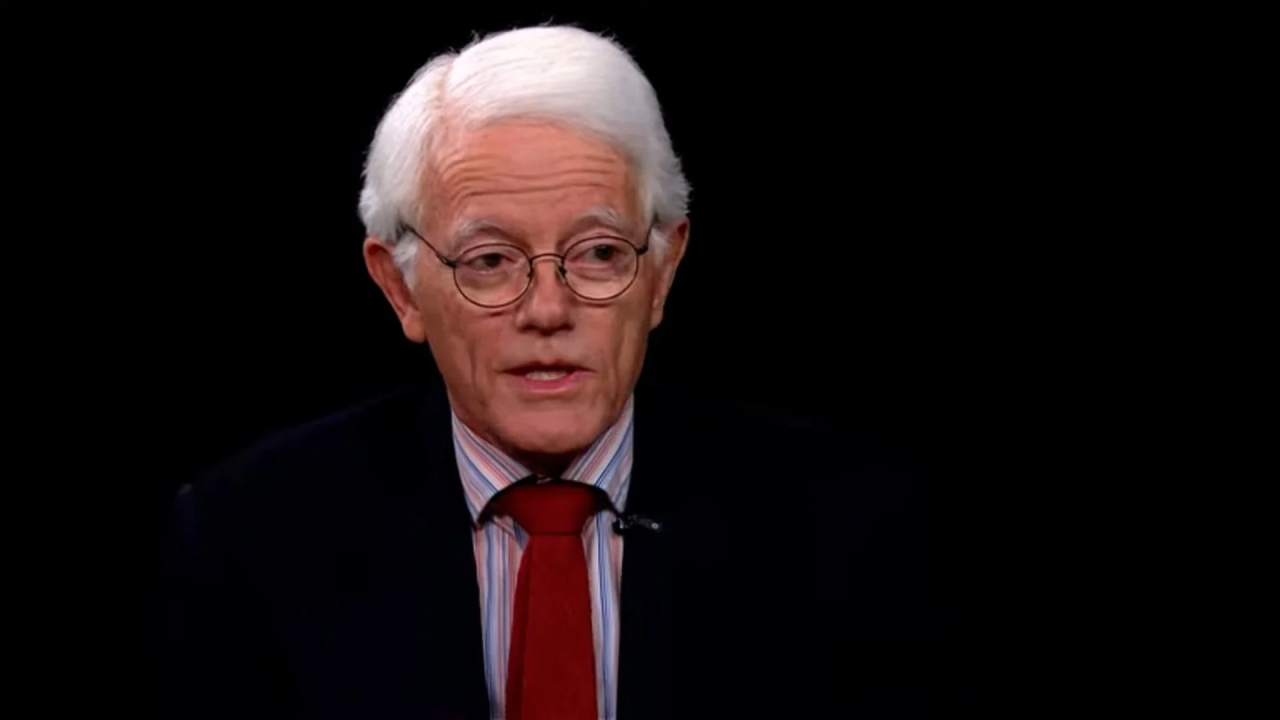- Published on
In-Depth Analysis of Peter Lynch's 'Invest in What You Know' Principle

Core Elements of the Principle
- Power of Familiarity: Invest in companies you know well and understand
- Utilize Expert Knowledge: Apply insights gained from your profession or hobbies
- Capture Market Trends: Pay attention to popular products/services around you
- Emphasize Real Experience: Evaluate value after personally using the product
Advantages and Disadvantages of the Principle
| Advantages | Disadvantages |
|---|---|
| Resolving information asymmetry | Risk of bias |
| Increased understanding | Lack of diversity |
| Encourages long-term investment | Limited opportunities |
| Based on real experience | Risk of overconfidence |
| Early detection of market trends | Limitations of scale |
Peter Lynch's Actual Investment Methods
Here's a more detailed explanation of Peter Lynch's actual investment methods:
Peter Lynch's Actual Investment Methods
1. Discovering Investment Ideas from Daily Life
Lynch emphasized finding investment ideas from everyday life. His approach includes:
- Carefully observing popular products and brands in shopping malls, supermarkets, etc.
- Focusing on companies that make products he and his family actually use and like
- Identifying new consumer trends or changing customer preferences
- Using expert knowledge gained from work or industry to identify promising companies
For example, Lynch invested in Hanes stock after seeing his wife purchase L'eggs pantyhose.
2. Thorough Company Analysis
Lynch performed thorough company analysis before investing:
- Directly visiting or meeting with management of over 500 companies annually
- Meticulously analyzing financial statements to assess financial health and growth potential
- Visiting company headquarters, stores, factories, etc. to understand actual operations
- Analyzing competitors to evaluate the company's competitiveness
- Fully understanding the company's business model and growth strategy
Lynch advised, "If you can't explain it to an 11-year-old in 2 minutes, don't invest in it."
3. Diverse Portfolio Composition
Lynch practiced extensive diversification:
- Invested in over 1,000 individual stocks while managing the Magellan Fund
- Invested across various industries and sectors to spread risk
- Invested in companies of various sizes, from large-caps to small-caps
- Mixed different investment styles including growth, value, and dividend stocks
However, he also concentrated investments in stocks he had high conviction in.
4. Long-term Investment Orientation
Lynch emphasized long-term investment, not being swayed by short-term market fluctuations:
- Viewed investment as a marathon and approached it with patience
- Maximized compound effects by holding quality company stocks long-term
- Utilized short-term price drops as buying opportunities
- Did not easily sell stocks unless the company's fundamentals deteriorated
5. Discovering Growth Stocks
Lynch focused on finding companies with high growth potential:
- Identified companies in growth stages by determining "which inning of the ball game" they were in
- Preferred companies with strong competitiveness in niche markets
- Used the PEG (Price/Earnings to Growth) ratio to find undervalued stocks relative to growth potential
- Considered investing even in already successful companies if they had additional growth potential
6. Excluding Economic Predictions
Lynch did not rely on macroeconomic predictions:
- Did not consider economic predictions important, saying "If you spend 13 minutes a year on economics, you've wasted 10 minutes"
- Instead, focused on analyzing individual companies and industries' fundamentals
- Focused on company performance and growth potential rather than macroeconomic indicators like interest rates and inflation
7. Active Information Gathering
Lynch discovered investment opportunities through extensive information gathering:
- Continuously researched new companies under the principle "The person who turns over the most rocks wins"
- Collected information from various sources including industry experts, competitors, suppliers
- Continuously updated latest information through company earnings reports, conference calls, etc.
- Participated in stock forums, investment conferences, etc. to hear diverse opinions
Summary of Lynch's Investment Criteria
| Criteria | Description |
|---|---|
| Understandability | Can the company's business model be easily understood? |
| Growth Potential | Is average annual profit growth of over 15% possible for the next 5 years? |
| Financial Soundness | Is the debt ratio low and cash flow healthy? |
| Competitiveness | Does it have competitive advantages like strong brands or patents? |
| Valuation | Is it undervalued with a PEG ratio below 1? |
| Insider Trading | Is management actively buying back company shares? |
| Dividends | Is the dividend payout ratio stable and increasing? |
Conclusion
Peter Lynch's 'Invest in What You Know' principle can be a powerful tool for individual investors. While this principle suggests methods to utilize everyday experiences in investing, it also emphasizes the importance of thorough analysis and balanced portfolio composition. By wisely applying this principle, one can achieve investment performance comparable to professional investors.